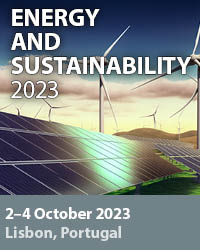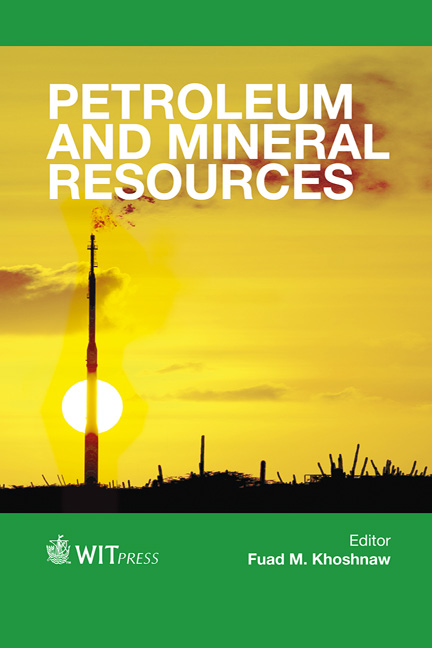CO2 Capture And Storage Modelling For Enhanced Gas Recovery And Environmental Purposes
Price
Free (open access)
Transaction
Volume
81
Pages
12
Page Range
47 - 58
Published
2012
Size
624 kb
Paper DOI
10.2495/PMR120051
Copyright
WIT Press
Author(s)
C. Khan, R. Amin & G. Madden
Abstract
Numerical simulations of CO2 injection for enhanced gas recovery (EGR) and storage are investigated using the ‘Tempest’ commercial reservoir simulator; with experimentally data produced (by Clean Gas Technology Australia) input data. In the oil and gas industry, the CO2-EGR policy has become attractive because it maintains the use of fossil fuels while reducing the CO2 concentration in the atmosphere. Accordingly, the effect of gas miscibility is studied for the developed reservoir model in terms of methane contamination by CO2 to find the optimum miscibility parameters. Several scenarios are considered, including continuous primary CO2 injection into the gas reservoir prior to primary depletion. CO2 injection scenarios at deeper reservoir levels are considered as they enable sweep efficiency. The main goal of the analysis is to maximise methane production, while simultaneously storing the injected CO2. In addition, various CO2 costs involved in the CO2-EGR and storage are investigated. This investigation is undertaken to determine whether the technique is feasible, that is, whether the CO2 content in the production and preparation stages is economically viable. Keywords: gas production, CO2 storage, capture cost, compression cost, transportation cost, injection cost, carbon credit.
Keywords
gas production, CO2 storage, capture cost, compression cost, transportation cost, injection cost, carbon credit.





